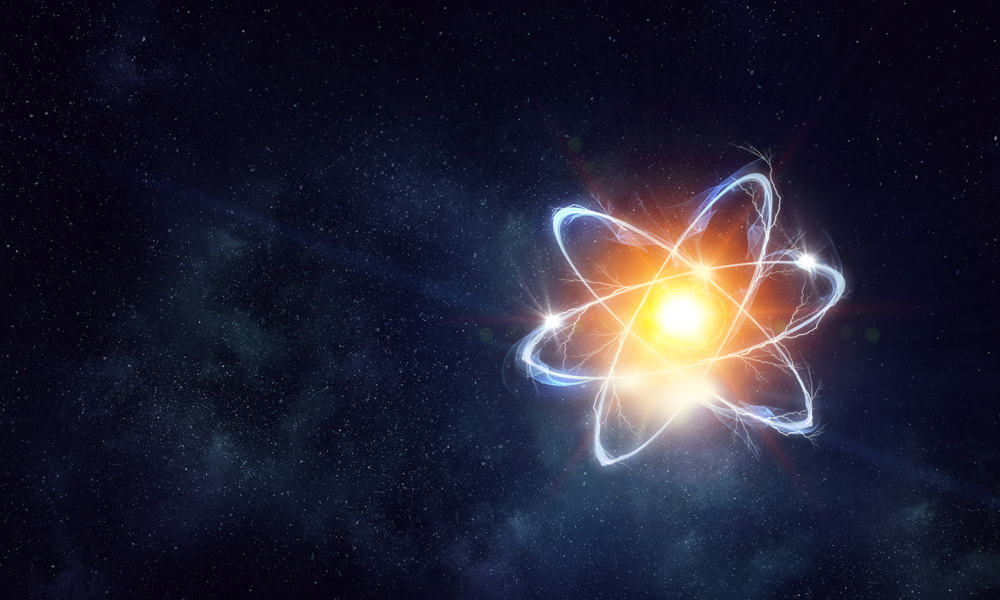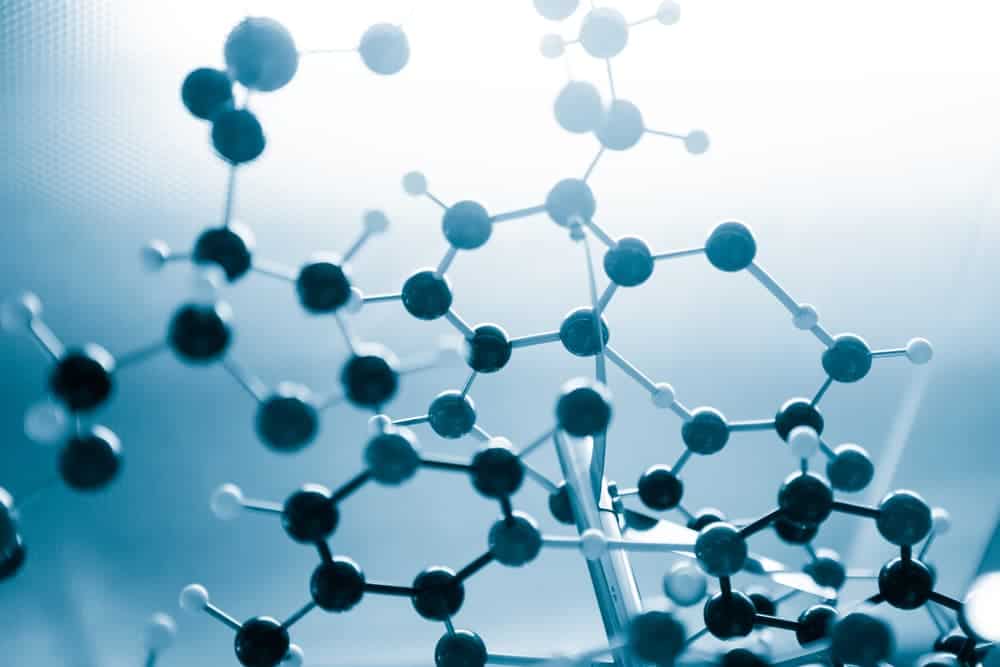If you’ve ever dove deep and started to explore the building blocks of our universe, then it’s highly likely you’ve encountered quarks. These versatile little pieces of matter were once thought to not even exist, but since then, they have come a long way in the scientific lexicon.
In this article, we lay out what we know about quarks, how we came to know what we know, and more. To introduce you to the topic, it will be enormously helpful to understand that quarks are the basic building blocks of everything you can see, smell, taste, and touch. Let’s get into what makes these little particles so fascinating.
Contents
What Exactly Are Quarks?
To put it as simply as possible, quarks are the little pieces of matter that make up atoms. A quark is defined as a fundamental particle or elementary particle. As far as we know, quarks are the smallest pieces of matter in existence.
So, we don’t understand what they are made of. While scientists in particle physics once thought that atoms were the building blocks of all matter, that understanding is now known to be a tad too rudimentary.
Thanks to a large number of experiments that have been done – some of them by accomplished scientists at the Large Hadron Collider – scientists now know that atoms are made of protons, neutrons, and quarks, and these three categories are considered to be the building blocks of all matter in the universe. As is, we understand there to be six types of quarks.
Kinds of Quarks
As is, scientists have put together six categories of quarks. They are defined as:
- Up
- Down
- Top
- Bottom
- Weird
- Appeal
Up and down quarks are the quarks with the lowest overall mass. They are also considered to be the most common quarks in the universe.
The other four types have only been seen and documented in high-collision environments, such as those in a particle accelerator. Knowing this makes it much easier to understand how we have arrived at over six categories of quarks. But what do the different labels mean for each kind of quark?

Up Quark
An up quark is the lightest of all quarks. It is part of what makes up a proton and neutron, so without the up quark, we wouldn’t be able to have any kind of atom whatsoever. Its scientific symbol is “u,” and it is one of the most significant scientific discoveries in the last sixty years.
Down Quark
The down quark is the natural partner to the up quark. Together, they comprise every neutron and proton in our universe’s atoms. The down quark is the second-lightest of all quarks, and it combines with other hadrons to form a number of things, including atomic nuclei and more.
Top Quark
The top quark is called such because it is known as the largest of all elementary particles. Being able to recognize which of these fundamental pieces of matter is the largest might seem like it is something of importance. However, while the top quark plays a vital role in the makeup of our universe, it is not generally considered a particularly important quark by any measurement.
Bottom Quark
The bottom quark is a heavy quark, and it is paired with the top quark. This is because these two fundamental particles are often seen together in nature, making them essential to understand the universe and its great, magnificent puzzle.
So, What Are Quarks Made Of?
As is, scientists can’t give you a more straightforward answer to this question than: “I don’t know.” Since a quark is considered at this point in time to be an elementary particle or fundamental particle, we don’t know what they are made of.
In fact, we don’t even know if they can be broken up into even tinier pieces. After all, thousands of years ago, the grain of sand was considered the smallest building block in existence. Over time, our ability to perceive smaller and smaller objects has gotten much more advanced. However, it doesn’t mean that we can see everything that the universe has to offer.
So, while we don’t know what quarks are made of yet, it doesn’t mean that scientists have given up hope that they can find out. Experiments in subatomic particle accelerators attempt to smash quarks together to determine what makes them up. Once we figure out what makes up the smallest things we’ve ever seen, we can better understand our universe as a whole.

A Brief History of Quarks
Being able to understand when quarks were first discovered is an essential part of being able to comprehend the role that they play in today’s scientific field. Obviously, we understand quarks today as being an integral building block of our universe’s matter.
Quarks contribute a greater understanding of our ability to break down the universe and all that it encompasses into more digestible chunks. However, how did we even come to terms with being able to understand quarks at all?
Back in the early 1960s, scientists struggled to understand the behavior of particles being slammed about in high-energy atomic collisions. They couldn’t quite place why sometimes collisions seemed to be happening between known particles like protons and neutrons and seemingly empty air.
Many scientists believed quark theory to be the only logical answer. They figured that if collisions were happening where no known particles were observed, there were clearly smaller particles, or elementary particles, that played a more significant role in our understanding of the universe.
Obviously, it took a while for a scientific consensus to form about quarks, as scientists needed time to examine experiment results, of which there were many.
Even in the sixties, Western civilization had the opportunity to look deeply at quarks and their place in the universe. However, they were only given this opportunity thanks to nuclear testing, atomic energy experiments, and particle acceleration colliders and observers.
Understanding Quarks
It would be far too monumental of a task to try and break down everything that the quark is and means. As far as we know, these elementary particles are the fundamental building blocks of every piece of matter in the observable universe.
They make up the bricks that make up the atoms that make up the bricks in the world, and so on. And while we know from nuclear physics that nuclear fission can release astonishing amounts of energy, as far as we know, there is no such expulsion of power when quarks are broken – or, indeed, if quarks can even be broken down in such a manner.
This mysterious subatomic particle is fascinating but not very well understood. Perhaps in time, we’ll be able to learn more about what they are, how they came to be, and what exactly it is that they are made of.

